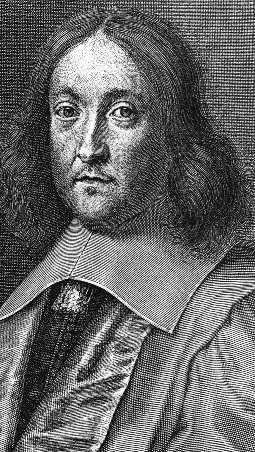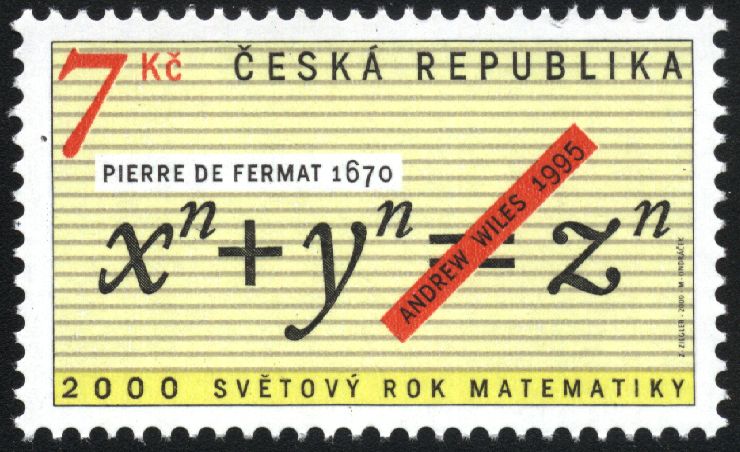Background:
Pierre de Fermat (August 17, 1601–January 12, 1665) was a lawyer at the Parlement of Toulouse, France, and a keen mathematician in his spare time. Fermat was born at Beaumont-de-Lomagne (36 miles north-west of Toulouse) and died at Castres (49 miles east of Toulouse.)
Achievements:
With his gift for number relations (Diophantus) and his strengths in finding proofs for his numerous theorems, Fermat helped create and shape the modern theory of numbers. Although he carefully studied, and drew inspiration from Diophantus, Fermat began a different tradition.
Here are his most important contributions:
· Diophantus was able to find a single solution to his equations, which were sometimes undesired fractions. Fermat however, was interested only in the integer solutions to diophantine equations, and he looked for all the possible solutions. He also proved that some equations had no solution, which usually puzzled his contemporaries.
· He studied Pell's equation, Fermat, perfect, and amicable numbers. It was while researching perfect numbers that he discovered the little theorem.
· He invented the proof technique of infinite descent, and a factorization method which has been named after him.
· He also developed the two-square theorem, and the polygonal number theorem, which states that each number is a sum of three triangular numbers, four square numbers, five pentagonal numbers, etc.
· He is given credit for early work that led to the development of modern calculus. He found an original method of finding the greatest and the smallest ordinates of curved lines, which is analogous to that of the then unknown differential calculus.
· He was the first person known to have evaluated the integral of general power functions. Using a clever trick, he was able to reduce this evaluation to the sum of geometric series. The resulting formula was helpful to Newton and Leibniz, when they independently developed the fundamental calculus theorems.
Fermat claimed to have proved all his arithmetic theorems but today only a few records of his proofs have survived. Many mathematicians, including Gauss, were skeptical of some of his claims given the difficulty of the problems and the limited tools that were available to him. His famous Last Theorem was first discovered by his son in the margin on his father's copy of an edition of Diophantus, and included the statement that the margin was too small to include the proof. He had not even spoken of it to Mersenne.
Summary:
At the time it was normal for mathematicians to hold back their proofs from publication in order to keep the upper hand in the competitive world of mathematics and Fermat was secretive about his work and was a bit of a recluse. He exchanged letters with Pascal for a short period of time, but his only real communication with the wider mathematical community was through Marin Mersenne who operated a correspondence network with other thinkers throughout Europe. This mainly how his results became widely distributed and accessible.
Along with René Descartes, Fermat was one of the two leading mathematicians of the 17th century. Independently of Descartes, he discovered the fundamental principles of analytic geometry and with Blaise Pascal, he was a founder of the theory of probability.
The quality of his work can be gauged by the fact that many of his results were not proved for over a century after his death, and the most famous, his Last Theorem, took mathematicians 358 years to find a proof!
Trivia:
· The oldest and most prestigious college in Toulouse is named after him; the Pierre de Fermat.
· The 15th century mansion where Fermat was born in Beaumont-de-Lomagne has now been turned into a museum.
Pierre de Fermat
Fermat's Last Theorem appearing on a Czech Republic stamp.
The popular book by Simon Singh.



